Chris Froome is using these weird chainrings, and they might be helping him win a historic 3rd Tour de France
Froome and his bike have been photographed during this Tour with Osymetric's 110 outer chainring, which has 52 teeth. But apparently the "Osymetric" lettering has been covered or removed to avoid conflicting with Sky's Shimano sponsorship agreement.

The inventor, Jean-Louis Talo, is an engineer from France.
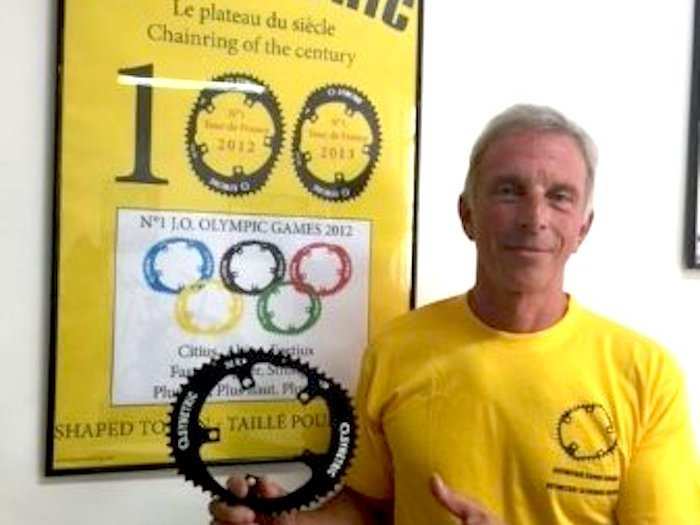
CyclingWeekly profiled Jean-Louis Talo in 2013: "In 1991, Jean-Louis Talo, a mechanical engineer from Menton, southern France, produced his first prototype Osymetric ring. He has spent 22 years trying to convince the cycling world that it works."
Talo said he had no interest in the business side chainrings, saying he was only interested in recovering his costs and seeing a rider win the Tour on his invention. It took him just 12 days to work out the invention. Again, Talo as quoted in CyclingWeekly:
“You can alter the design so that you give the leg muscles work to do where they are at their strongest and less work to do where they are weak. A round chainring gives you work to do where you are weak and takes power away from you where your legs are strongest,” says Talo. “A bicycle chainring is round because at one time that’s all factories knew how to produce.”
Team Sky boss Dave Brailsford has worked with Froome on "marginal gains," a performance philosophy he used with former Tour winner Bradley Wiggins.
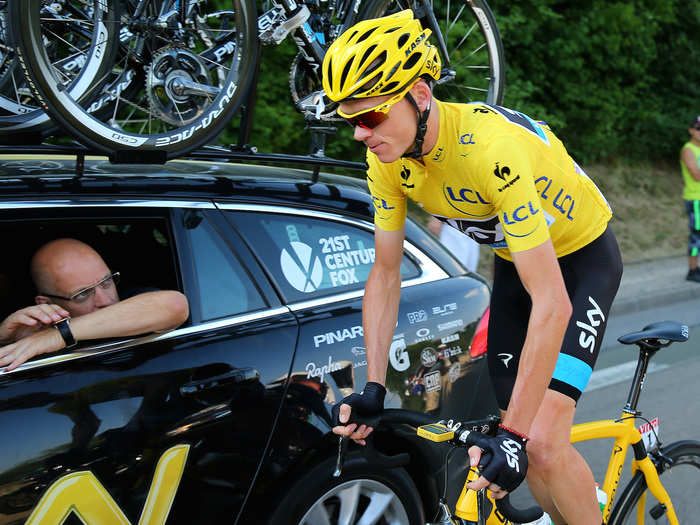
Sky is synonymous with the term "marginal gains," which general manager Dave Brailsford has explained as follows:
"The whole principle of marginal gains came from the idea that if broke down everything that could impact on a cycling performance — absolutely everything you could think of — and then you improved everything little thing by 1%, when you clump it all together, you're going to get quite a significant increase in performance. So we set about looking at everything we could."
Wiggins rode Osymetric rings when he won the 2012 Tour.
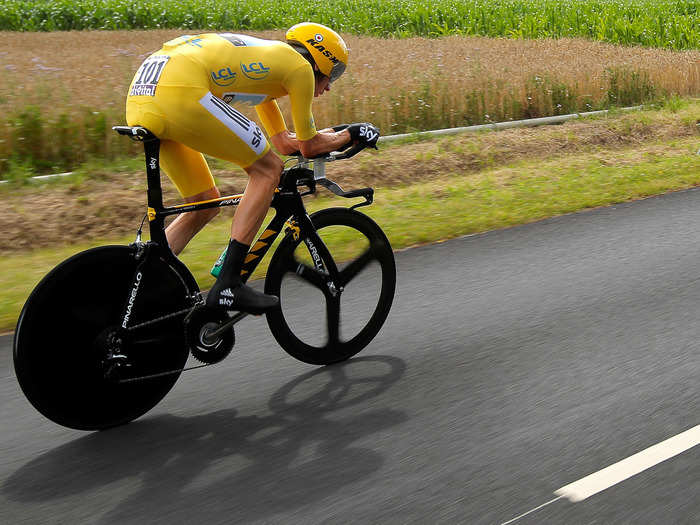
You can see them in action around the 32-second mark in the video below.
One of the first big-name pros to use Osymetric rings was American Bobby Julich.
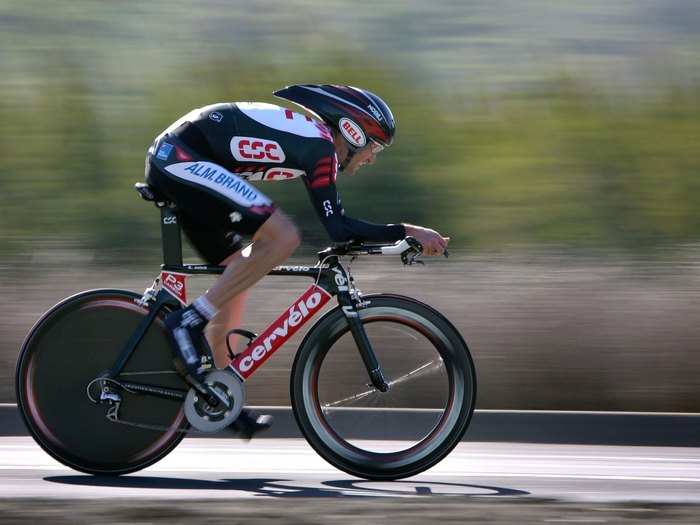
If Froome, a Kenyan-born Briton, can keep his leader's yellow jersey until Paris this Sunday, he'll become the first British rider to win three Tours de France.
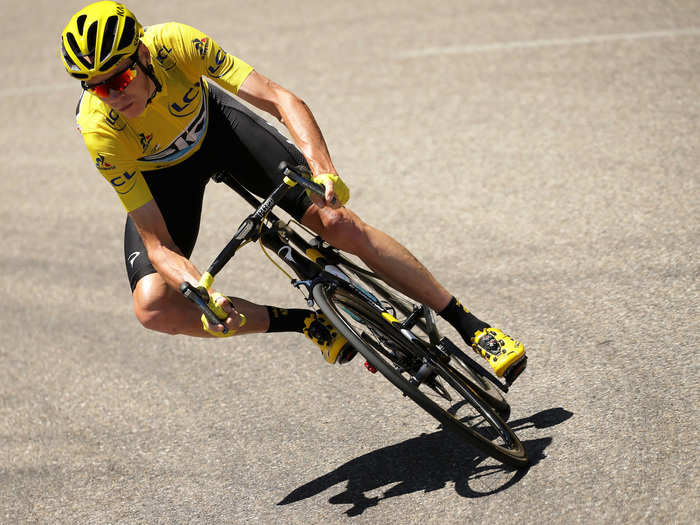
Do Osymetric chainrings really work? That's difficult to say with certainty, and there is debate about it. But when two-time defending Tour de France champion Froome and 2011 Tour winner Wiggins ride them, you have to think they probably help.
Then again, performance data aside, some say that if you're using something that makes you feel faster or think you're faster, you'll go faster — if only because you'll believe you are faster.
Popular Right Now
Advertisement